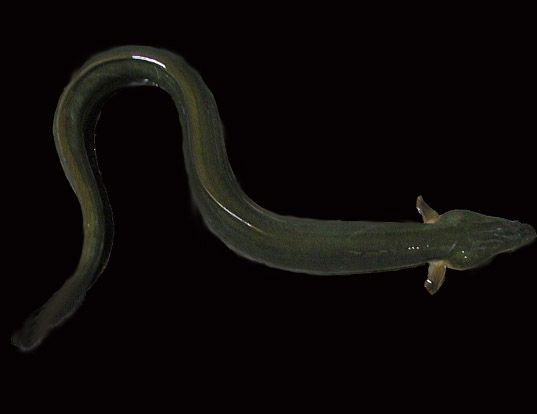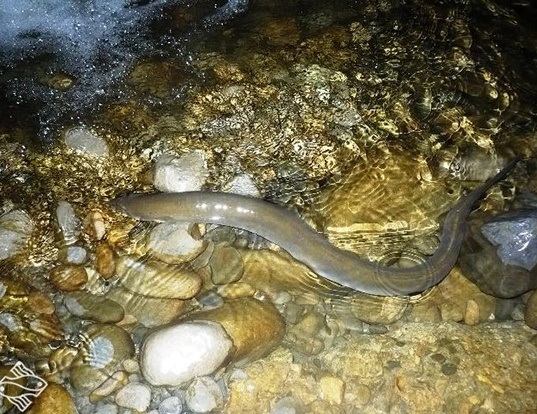
Narwhals are also affected by climate change and the loss of sea ice in their Arctic habitat. It is hunted by humans for its meat and ivory tusk. They live for around 30 years, although some have been known to reach 50. The narwhal is a relatively solitary creature, although it can be found in small groups of up to 10 individuals. Narwhals can grow up to 5.5 m (18 ft) in length and weigh up to 1,600 kg (3,500 lb). Females have smaller tusks and lack the hoods. Males are larger than females, with longer tusks and more prominent hoods. Narwhals are one of the few mammal species in which males and females look different from each other. The most conspicuous feature of the male narwhal is its long, spiraled tusk, which can grow up to 3 m (9.8 ft) in length and is actually an enlarged tooth. Narwhal, or Monodon monoceros, is a medium-sized toothed whale native to the Arctic Ocean. They have been known to attack boats and other large objects out of curiosity. They are often called “the monsters of the deep”.ĭespite their fearsome appearance, Giant Squid is not dangerous to humans. Their eyes are huge and they have beak-like mouths. The giant Squid has a very strange appearance: a large body with long tentacles and a small head.

Their diet also includes sharks, whales, and even other giant squids. They are predators who hunt for fish, crabs, and other smaller squid. The Giant Squid lives in deep water and prefers to stay close to the ocean floor. Despite their size, they are very shy and elusive creatures that are rarely seen by humans. These massive animals can grow up to 60 feet long and weigh over 2,000 pounds. Giant squids are one of the most fascinating creatures in the sea. The basking shark’s specific epithet means “precursor” or “forerunner”, referring to its streamlined shape indicating an evolutionary link to the great white shark.įish larvae, tiny crustaceans, jellies, copepods It was formerly classified as the sole member of the genus Cetorhinus, but is now considered one of three members in the family Cetorhinidae, with the other two members being the megamouth shark and the goblin shark. This giant shark was first described by Scottish naturalist Francis Buchanan-Hamilton in 1802, and its taxonomic placement has been the subject of much debate. It is largely harmless to humans but has been known to attack when startled. The basking shark is a slow-moving shark, spending most of its time swimming near the surface with its mouth open, filter-feeding on plankton. The second-largest living fish after the whale shark, it can grow to an average length of 10 m (32 ft) and a weight of up to 4 tonnes (3.9 long tons 4.4 short tons). The basking shark is a large filter-feeding shark found in temperate and tropical waters worldwide. While the population has since partially recovered, entanglement in fishing gear, collisions with ships, and noise pollution continue to impact the 75,000 humpbacks worldwide. Once hunted to the brink of extinction, its population fell by an estimated 90% before a moratorium was introduced in 1966. Like other large whales, the humpback was a target of the whaling industry. Males produce complex songs that are transmitted across great distances, perhaps serving to attract females and establish dominance. Humpbacks live in all the world’s oceans and are known for their breaching (jumping out of the saltwater) and singing. These features distinguish the humpback from other whales in the family Balaenopteridae. The humpback has long pectoral fins, a distinct ridge running along its back, and large knobs on its head.


One of the larger rorqual species, adults range in length from 12–16 m (39–52 ft) and weigh around 25–30 metric tons (28–33 short tons). The humpback whale (Megaptera novaeangliae) is a species of baleen whale.


 0 kommentar(er)
0 kommentar(er)
